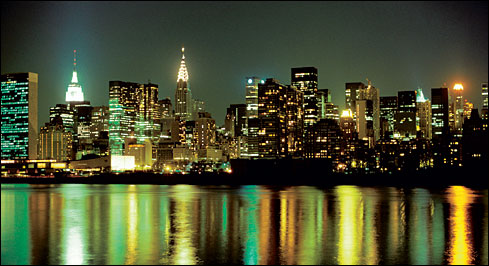
New York City’s historic ten sister cities are:
| Tokyo (1960) Beijing (1980) Madrid (1982) Cairo (1982) Santo Domingo (1983) | Rome (1992) Budapest (1992) Jerusalem (1993) London (2001) Johannesburg (2003) |





New York City’s historic ten sister cities are:
| Tokyo (1960) Beijing (1980) Madrid (1982) Cairo (1982) Santo Domingo (1983) | Rome (1992) Budapest (1992) Jerusalem (1993) London (2001) Johannesburg (2003) |




 Brittany (left) and Abigail (right) are conjoined twins. Born in 1990 they live in Minnesota, USA. They have two spines which join at the pelvis. They have two stomachs, three lungs, and two arms.
Brittany (left) and Abigail (right) are conjoined twins. Born in 1990 they live in Minnesota, USA. They have two spines which join at the pelvis. They have two stomachs, three lungs, and two arms. They appeared on The Oprah Winfrey Show on April 8 and April 29, 1996. In September 1998, the twins were featured on the cover of Life under the caption "One Body, Two Souls", and their daily lifestyle was depicted in the corresponding article titled The Hensels' Summer. In 2003, an updated story of them at age 11 (filmed in 2001) was published in Time and again in Life.
Common organs
Most of Abigail and Brittany's shared organs lie below the waist line.
* 2 heads
* 2 arms—originally 3, but the short malformed central arm was removed
* 2 spinal cords and backbones—surgery corrected scoliosis
* 3½ lungs—surgery expanded their chest cavity while correcting scoliosis
* 2 breasts
* 2 hearts in a shared circulatory system—medicine taken by either affects both
* 1 liver
* 2 stomachs
* 3 kidneys
* 2 gallbladders
* 1 bladder
* 1 ribcage
* 1 large intestine
* 1 reproductive system
* 1 pelvis with 2 legs
 Conjoined Twins - Abigail and Brittany Hensel
Conjoined Twins - Abigail and Brittany Hensel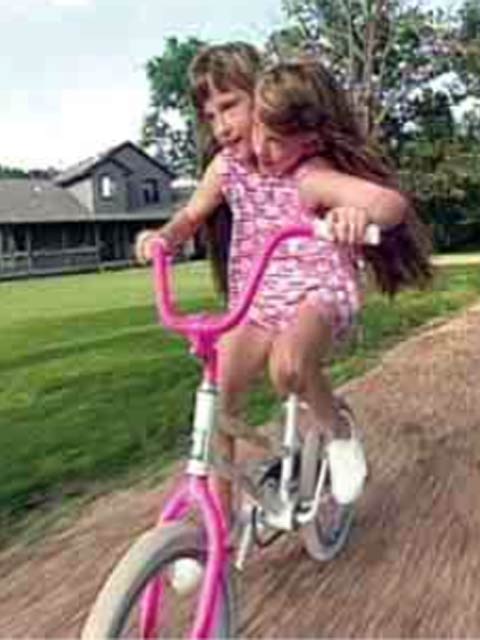 Conjoined Twins - Abigail and Brittany Hensel
Conjoined Twins - Abigail and Brittany Hensel Conjoined Twins - Abigail and Brittany Hensel
Conjoined Twins - Abigail and Brittany Hensel

Nearly three million years ago Ngorongoro towered alongside Mount Kilimanjaro as one of the highest peaks in Africa. Forged during the tumultuous birth of the Rift Valley, its volcanic top erupted at the time that ancient man first walked the plains.
The Ngorongoro Conservation Area (NCA) covers some 8,300 square kilometres. It boasts the finest blend of landscapes, wildlife, people and archaeological sites in Africa. It is also a pioneering experiment in multiple land use. The concept of multiple land use in conservation perspective is a deviation from a traditional approach of regarding conservation as complete absenteeism of human interference.
Rifts and volcanoes shape the landscape of Ngorongoro. A rift is a disturbance in the earth crust, which causes rise or falls of its borders. Rifts also causes lava or melted rock to penetrate to the surface where it hardens. If lava emerges from the same penetration for a long period, it builds up into a volcano.
In the Ngorongoro Conservation Area, the main rifts are north of Lake Eyasi and east of Lakes Manyara and Lake Natron, where the nine volcanoes of Ngorongoro highlands were formed during the past four million years. Of these, only volcano Oldonyo Lengai is still active. The ash and dust from the eruptions was carried by the wind to form the fertile soils of the Serengeti plains.
Today, Ngorongoro's caldera shelters the most beautiful wildlife haven on earth. The rich pasture and permanent water of the Crater floor supports a resident population of some 20,000 to 25,000 large mammals. They are not confined by the Crater walls, and can leave freely; they stay because conditions are favourable. Since most of the Crater floor is grassland, grazing animals predominate: gnu, zebra, gazelles, buffalo, eland and kongoni (Coke's hartebeest) and warthogs. The swamp and forest provide additional resources for hippos, some of Tanzania's last remaining black rhinos, giant-tusked elephants, waterbucks, reedbucks and bushbucks, baboons and vervets. The steep inner slopes provide a habitat for dikdiks and the rare mountain reedbuck. Towering euphorbias cling to the crater walls and on the floor, Fever tree and Fig tree forests give shade to an awe-inspiring array of creatures. All these animals in turn support large predators such as Lion and Leopard, and scavengers such as Hyena and Jackals.
For the best viewing and photography, approach the animals slowly and quietly and stay on the official tracks.
Birdlife
What you can see of birdlife depends greatly on the season of the year, because there are resident birds and migrant birds. You are certain to see many residents, like ostriches, bustards and plovers all year round. In wet season they share the Crater with European migrants such as White Storks, Yellow Wagtails, swallows, etc. The migrants pass through from November through May, coinciding with the rains in Africa and the winter in Eurasia. There are also local migrants such as flamingos, storks and ducks which come and go depending on the state of the lake and ponds.
Other birds you can see are Stonechat, Anteater Chat, Schalow's Wheatear, Fiscal Shrike. Augur Buzzards, Verreaux's Eagle and other raptors live in the Crater.
Ngorongoro safari lodges are situated on the rim of the crater, which is 2,235 metres (7,264 feet) above sea level. It can get quite fresh up here, and gets very cold at night in the winter months of June to August, but is opposingly hot down in the crater during the day.
The weather is usually dry from June to November. July is the coldest month and highland temperatures may fall below freezing.
It rains anytime from November to May, with the longer rains in April to May. The amount and pattern of rainfall varies and a dry period in January and February may split the rainy season into short and long rains. The forested eastern slopes get much more rain due to their elevation than the arid country to the west. The rain arrives in stormy showers usually during afternoons and nights, which cleanses the air to reveal clear views.
Interpretive game drives through the emerald plains and forests of the crater floor engender guests with a respect for the people and wildlife of this world wonder.
A sheer dirt road descends from Malanja Depression on the crater rim to the crater floor. At the top of the road, Maasai women and children allow you to photograph them for a small fee. The Malanja depression is grassy and open and is a good place to spot typical highland antelope such as mountain reedbuck and Kirks dik-dik, and birds such as the striking auger buzzard and Schalows wheatear. The dominant feature of the crater floor is Lake Magadi, a shallow soda lake that supports large flocks of flamingo. Much of the crater floor is open grassland, making animal spotting relatively easy: black rhino, lion, hyena, gazelle, wildebeest and zebra are all commonly seen. The hippo pool near Mandusi Swamp is a popular picnic spot.

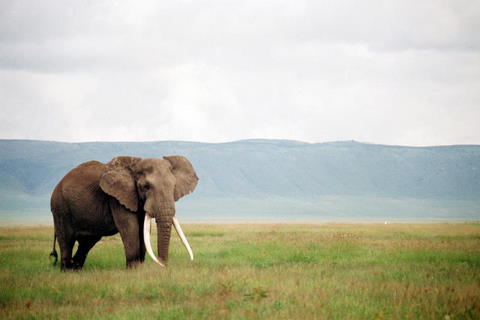
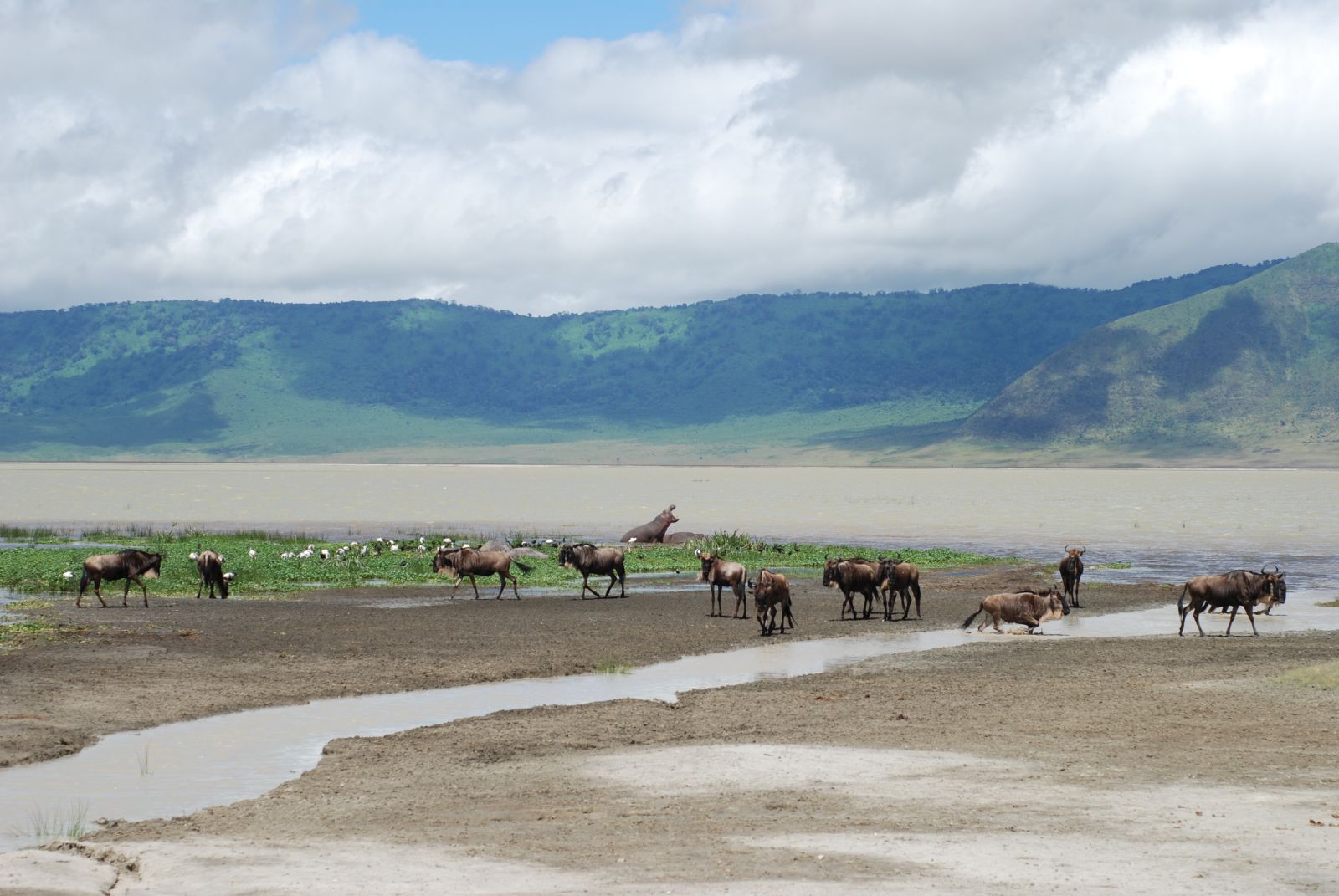

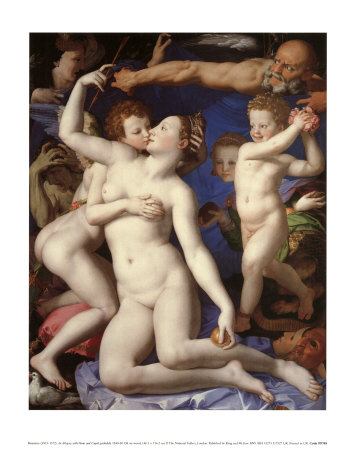 The picture is likely to be that mentioned in Vasari's 'Life of Bronzino' of 1568: He made a picture of singular beauty, which was sent to King Francis in France; in which was a nude Venus with Cupid kissing her, and on one side Pleasure and Play with other Loves; and on the other, Fraud, Jealousy, and other passions of love. Venus and Cupid are identifiable by their attributes, as is the old man with wings and an hourglass who must be Time (not mentioned by Vasari). The identity of the other figures, and the meaning of the picture remain uncertain.
The picture is likely to be that mentioned in Vasari's 'Life of Bronzino' of 1568: He made a picture of singular beauty, which was sent to King Francis in France; in which was a nude Venus with Cupid kissing her, and on one side Pleasure and Play with other Loves; and on the other, Fraud, Jealousy, and other passions of love. Venus and Cupid are identifiable by their attributes, as is the old man with wings and an hourglass who must be Time (not mentioned by Vasari). The identity of the other figures, and the meaning of the picture remain uncertain.


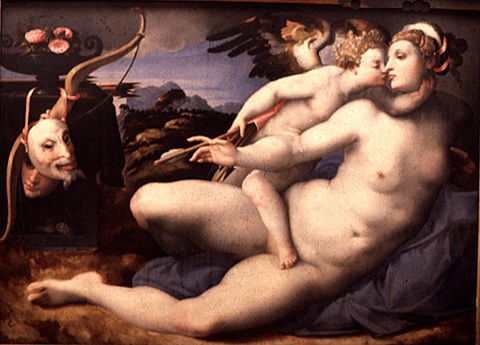

Seeing the northern lights, or the aurora borealis as they are also known as, is a jaw-dropping and mystical moment.
The lights are at their most frequent in late autumn and winter/early spring.
In the time span between autumn equinox and spring equinox (21 September - 21 March), it is dark the whole time between 6 pm and 1 am, and you have maximum chances of spotting the lights. However, the weather is also of importance, and September, October and November tend to be wet and snowless in the north.
From December the weather dries up, and there is normally plenty of snow. If you come in December or January, you experience the polar nights with atmospheric evenings and very short days.
In February and March the days are longer and you see more of the snow-clad landscapes during daytime, and the evenings still offer maximum northern lights chances.
No guarantee can be given, though. Some weeks, you are lavished with fantastic displays, repeated several times during the whole evening. Other times, it snows densely, or the northern lights simply stay away. Naturally, the longer you stay and the more time you set aside, the bigger the chances.
In order to get full value from the show you should avoid the full moon and places with a lot of light as they make the experience considerably paler. Also remember to wrap up warmly.
Theoretically, you can see the northern lights all over Norway. However, the best places are above the Arctic Circle in Northern Norway.
The northern lights belt hits Northern Norway at Lofoten, and follows the coast all the way up to the North Cape. This means that no other place on earth stands better chances of spotting the lights, and one location in this area might be as good as another. In fact, one often observes the same northern lights in Lofoten as in Tromsø, just from a different angle. The driest weather, giving clear skies, is found inland, providing the statistically best chances, but with strong eastern winds, the coast can be clearer than inland areas.
Aurora is a tricky lady, you never know when she bothers to turn up. This diva keeps you waiting... So whenever you are above the Arctic Circle, make sure you set aside the whole evening. Northern lights worshippers do everything from a long cross-country trek to building snowmen in order to keep warm and entertained while outside.
Source: http://www.visitnorway.com/en/Articles/Theme/What-to-do/Attractions/Nature/Let-there-be-northern-lights/



